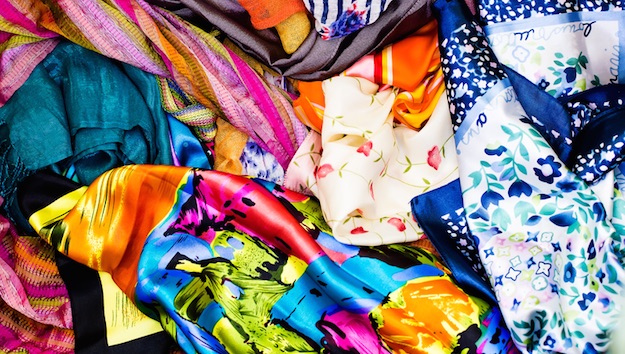Introduction
In the ever-evolving world of fashion, textiles are the foundational building blocks upon which creativity and innovation flourish. They play a pivotal role in shaping fashion trends, defining the look and feel of garments, and pushing the boundaries of design. In this article, we will explore the fascinating realm of fashion textiles, delving into their history, their significance in contemporary fashion, and the sustainability revolution that is transforming the industry.
A Brief History of Fashion Textiles
Textiles have been intertwined with human civilization for millennia. From the early use of natural fibers like wool and linen to the invention of synthetic materials in the 20th century, the history of fashion textiles is a testament to human ingenuity.
- Natural Fibers: Fabrics like cotton, silk, wool, and linen have been staples in fashion for centuries. Their breathability, comfort, and versatility have made them timeless choices.
- The Industrial Revolution: The 18th and 19th centuries brought mechanization to textile production, making fabrics more accessible and affordable.
- Synthetic Materials: The mid-20th century witnessed the advent of synthetic fibers such as polyester, nylon, and spandex. These materials offered new possibilities for durability, elasticity, and easy care.
The Significance of Fashion Textiles
- Aesthetic Appeal: Textiles define the visual and tactile qualities of clothing. The choice of fabric can elevate a design, making it more luxurious, casual, or avant-garde.
- Functionality: Textiles are chosen not only for their look but also for their performance. Some fabrics are breathable and moisture-wicking, ideal for sportswear, while others are insulating and warm, suited for outerwear.
- Sustainability: The fashion industry is increasingly focused on sustainable textiles. Eco-friendly options like organic cotton, Tencel, and recycled materials are gaining prominence as consumers prioritize ethical and environmentally responsible choices.
- Cultural Significance: Textiles often hold cultural and symbolic significance. Traditional garments and textiles from various cultures continue to inspire and influence contemporary fashion.
Sustainable Fashion Textiles
The fashion industry is undergoing a transformation toward sustainability, and textiles play a crucial role in this movement:
- Eco-Friendly Materials: Designers and brands are using organic cotton, hemp, bamboo, and other sustainable materials to reduce the environmental impact of fashion production.
- Recycled Fabrics: Innovations in recycling technology have led to the creation of textiles made from discarded clothing and plastic bottles. These recycled fabrics reduce waste and conserve resources.
- Vegan Alternatives: The demand for vegan fashion has led to the development of cruelty-free alternatives to animal-derived materials like leather and silk.
- Low-Impact Dyeing: Sustainable practices also extend to the dyeing and finishing processes. Water-saving and low-chemical-dyeing techniques are becoming more widespread.
Conclusion
Fashion textiles are the threads that connect fashion’s rich history with its sustainable future. From natural fibers with centuries-old legacies to cutting-edge, eco-friendly materials, textiles are central to the fashion narrative. As the fashion industry grapples with the need for sustainability and ethical practices, textiles are at the forefront of innovation, providing hope for a more responsible and stylish future. The choices we make as consumers, designers, and producers can shape a fashion landscape that is not only beautiful but also conscientious and sustainable.




